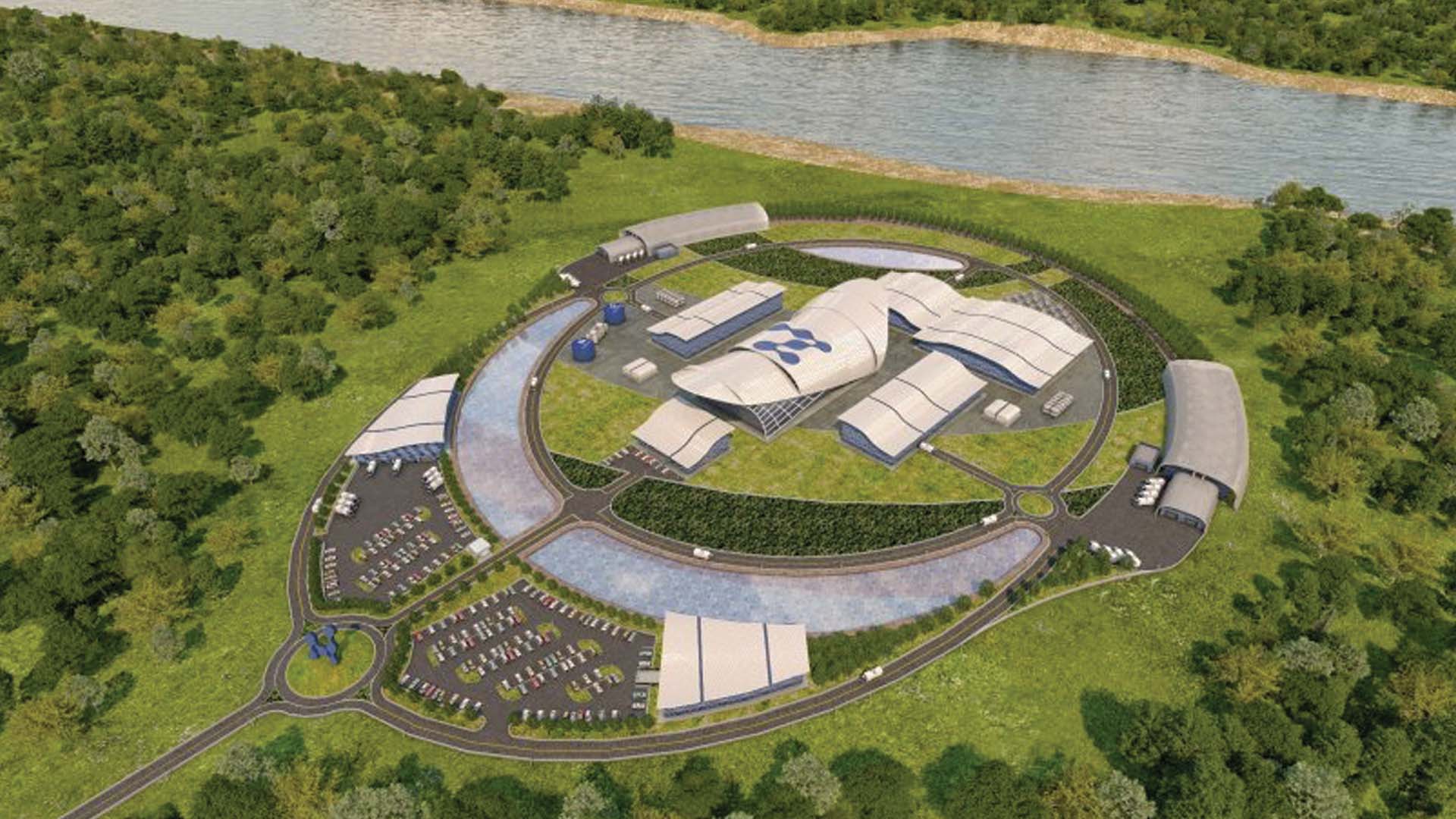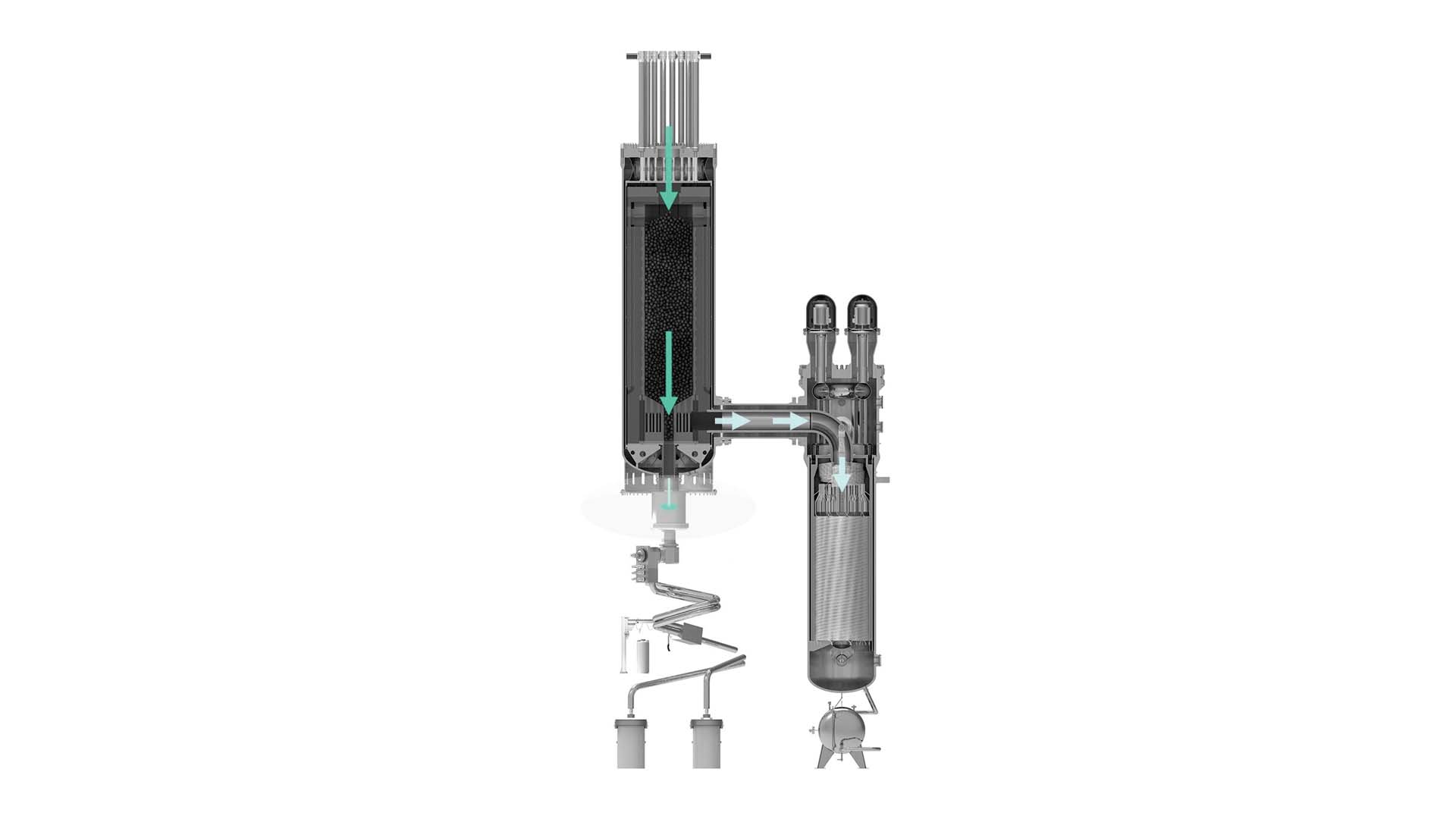Powerful things can come in small packages, even in the nuclear energy industry. Specifically, small modular reactors (SMRs)—the latest trend in nuclear energy innovations.
SMRs are about a third of the size of a typical nuclear power plant. They vary in size to meet current demand or address specific characteristics important to the community. And they are uniquely able to pair with renewable energy sources like solar and wind power to ensure that emission-free energy is always available. SMRs make the prospect of a carbon-free future realistic, safe, and affordable. And with the first SMR expected to come online in 2025, the transition could come a lot sooner than later.
Here are six advantages of using small modular reactors for nuclear energy.
1. Compact
SMRs pack a lot of energy punch with a relatively small footprint, taking up much less land space than other reactors and forms of renewable energy. For example, the proposed NuScale Power Project, the first SMR design to win regulatory approval, is planned at a 35-acre site at Idaho National Laboratory. It could generate nearly as much electricity as a traditional reactor, which would require nearly 500 acres. For comparison, to generate 1,000 MWe of power, a NuScale SMR power plant would require less than 1% of the land area that renewables such as biomass, wind, solar, and hydropower need for the same amount.

Photo Credit: NuScale
2. Modular
Individual modules can be assembled in a factory then transported to the operating location, substantially reducing costs and construction time. Modularity allows the company to start with one module and expand over time as demand increases
3. Safe
SMR designs include passive safety features that rely on the natural laws of physics to shut down and cool the reactor during abnormal conditions. These technologies typically require no power source and eliminate the need for human or computer intervention in the case of an accident.
One example of a passive safety system is a molten salt reactor equipped with a freeze plug. If the reactor temperature rises too high, the freeze plug melts and drains molten salt into a separate tank, quickly cooling the system.
4. Flexible
Today’s SMRs are being designed to use a variety of different coolants, including molten salt, liquid-metal, and gas-cooled reactors.
TerraPower’s Natrium reactor is a 345 MW sodium fast reactor that will be paired with a molten salt energy storage system, allowing the plant to produce up to 500 MW output for roughly 5.5 hours when demand is high. X-energy’s Xe-100 reactor design is an 80 MW module (scalable to a 320 MW four-pack) high-temperature gas-cooled reactor that will use TRi-structural ISOtropic particle (TRISO) fuel. Both companies are expected to demonstrate these technologies within seven years as part of a cost-shared partnership with the U.S. Department of Energy’s Advanced Reactor Demonstration Program.

5. Ability to Refuel & Recycle
Some designs require less frequent refueling, every three to seven years, in comparison to between one and two years for conventional plants. Some SMRs are even designed to operate for up to 30 years without refueling.
Some may offer the opportunity to consume spent fuel from the current nuclear fleet like those at NuScale Power. Recycling used fuel could significantly reduce the burden of mining and disposing of spent fuel, making the nuclear fuel cycle more sustainable and further reducing the already-low carbon total footprint of nuclear power. 96 percent of the content of the used fuel is reusable energy, and recycling used fuel saves 25 percent of natural uranium resources, reduces the volume of high-level waste slated for disposal in a repository by 75 percent, and reduces the waste’s toxicity by about 90 percent. Recycling is a real possibility to allow turning today’s waste into the feedstock for the new advanced reactors.

6. Economical
The adoption of SMRs is an affordable option for developing nations or remote communities to foster economic development while addressing carbon reduction concerns. They are better able to match the lower energy needs and under-developed energy infrastructures of emerging economies. And they offer the flexibility to support co-generation (generating electricity and heat at the same time), which means they could also provide heat for industry, desalination, and other uses particularly important to developing countries such as the prevention of energy poverty.
Read more about nuclear energy HERE, or stream Tomorrow’s World Today’s four-part exploration of nuclear energy on Science Channel GO and Discovery GO!







